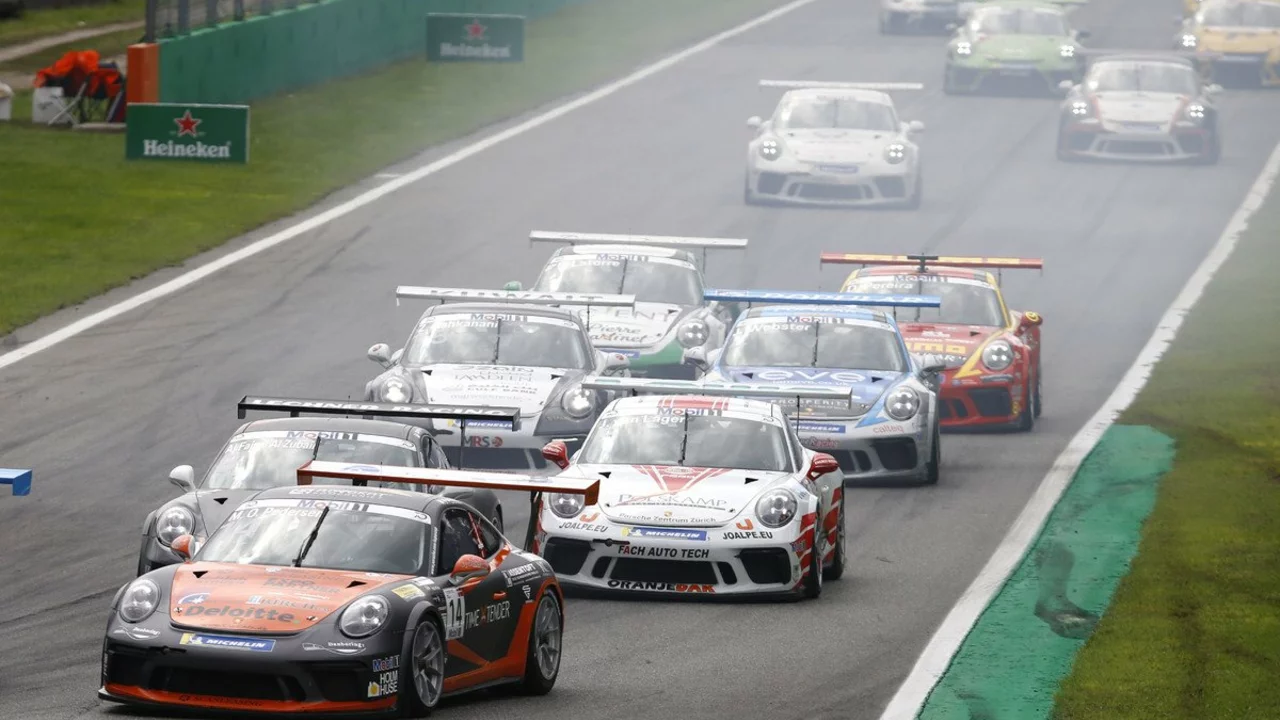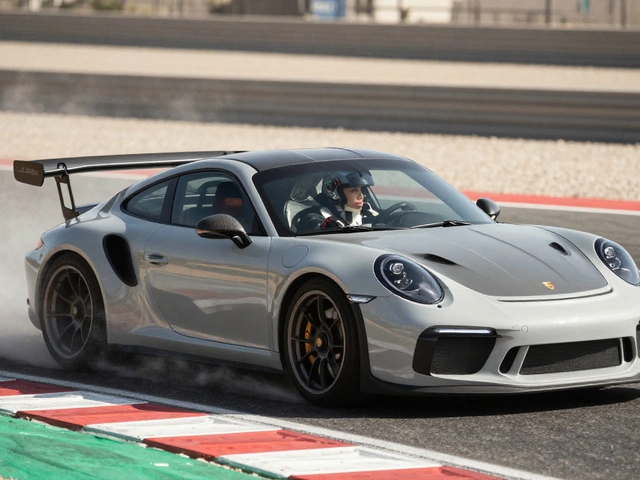
Understanding the Basics of Rallying and Formula One
The world of motorsport is vast and diverse, offering a range of disciplines that test different skills, endurance, and courage. Let's start our exploration by understanding the basics of Rallying and Formula One. Rallying, also known as rally racing, is a form of auto racing that takes place on public or private roads with production or specially built road-legal cars. The sport is distinguished by its point-to-point format, where participants and their co-drivers navigate through complex courses within a set time limit.
On the other hand, Formula One is a single-seat car racing sport known for its high-speed circuit races. The races take place on both public roads and specialized tracks, and the drivers are not only competing against each other but also against the clock. Formula One is considered the pinnacle of motorsports due to its combination of speed, technology, and glamour.
The Skillset: Rallying vs Formula One
When we compare the skillsets required for Rallying and Formula One, we notice some similarities but also some fundamental differences. Both sports require a high level of driving skill, precision, physical fitness, and mental toughness. But, the nature of the two sports requires different sets of skills. Rally drivers need to be adaptable and quick in their decision-making as they often encounter unpredictable terrain and weather conditions. They also have to rely heavily on their co-drivers for navigation.
Formula One drivers, on the other hand, need to have a thorough understanding of their car's mechanics and have to work closely with their team for strategy planning. Their focus is on precision, consistency, and maintaining high speeds for extended periods. They also require a high level of physical fitness to withstand the extreme G-forces experienced during races.
Physical Demands of Rallying and Formula One
Both Rallying and Formula One are physically demanding sports, but in different ways. Rally drivers are subjected to grueling conditions for extended periods, often driving for several hours a day over a span of three days. The irregular and rough terrains, coupled with extreme weather conditions, make Rallying a physically intense sport.
Formula One drivers, on the other hand, experience intense physical stress during a relatively shorter period. The high speeds and G-forces demand exceptional physical strength, particularly in the neck and core muscles. Furthermore, the concentration required to maintain precision at high speeds under immense pressure is mentally exhausting.
Technological Aspects: Rallying vs. Formula One
The technological aspects of Rallying and Formula One are significantly different. Rally cars are built to withstand the toughest terrains and weather conditions. They are often production cars modified for durability, performance, and safety. Despite the modifications, they retain a lot of similarities with regular road cars.
Formula One cars, however, are technological marvels, built from scratch for speed and performance. They are at the cutting edge of automotive technology, with teams investing millions in research and development. These cars are designed for precision, aerodynamics, and ultimate speed, making them far removed from everyday road cars.
Teamwork in Rallying and Formula One
Teamwork plays a crucial role in both Rallying and Formula One, but the dynamics are different. In Rallying, the driver and co-driver work closely together, with the co-driver reading pace notes and helping navigate the tricky courses. The bond between the driver and co-driver is critical for success in Rallying.
In Formula One, the driver is part of a larger team, which includes engineers, mechanics, strategists, and more. The driver communicates with the team throughout the race, making decisions on strategy, tyre changes, and more. The success of a Formula One driver is heavily reliant on the performance of his or her team.
The Element of Danger: Rallying vs. Formula One
Both Rallying and Formula One are inherently dangerous sports, but the risks involved are different. Rallying, with its unpredictable terrains and weather conditions, exposes drivers to a wide range of risks. Additionally, the long durations and physical demands of Rallying increase the chances of driver fatigue, which can lead to accidents.
Formula One, while highly regulated and controlled, is not without risk. The high speeds, coupled with close racing, can result in severe accidents. However, the sport has made significant advancements in safety over the years, reducing the risk of serious injuries.
Popularity and Prestige: Rallying vs Formula One
When it comes to popularity and prestige, Formula One generally has the upper hand. With its global coverage, high-profile teams, and drivers, the sport attracts a massive worldwide audience. The glitz, glamour, and high-tech appeal of Formula One make it a highly prestigious sport.
Rallying, while not as globally recognized as Formula One, has a dedicated fan base. The sport is especially popular in Europe, where it originated. The raw, rugged appeal of Rallying, along with the close interaction with fans, gives it a unique charm.
In conclusion, comparing Rallying and Formula One is like comparing apples and oranges. While they are both motorsports, they are vastly different in their demands, skillsets, and appeal. Both sports have their unique challenges, making it hard to definitively say which one is harder. It ultimately boils down to personal preference and aptitude.





